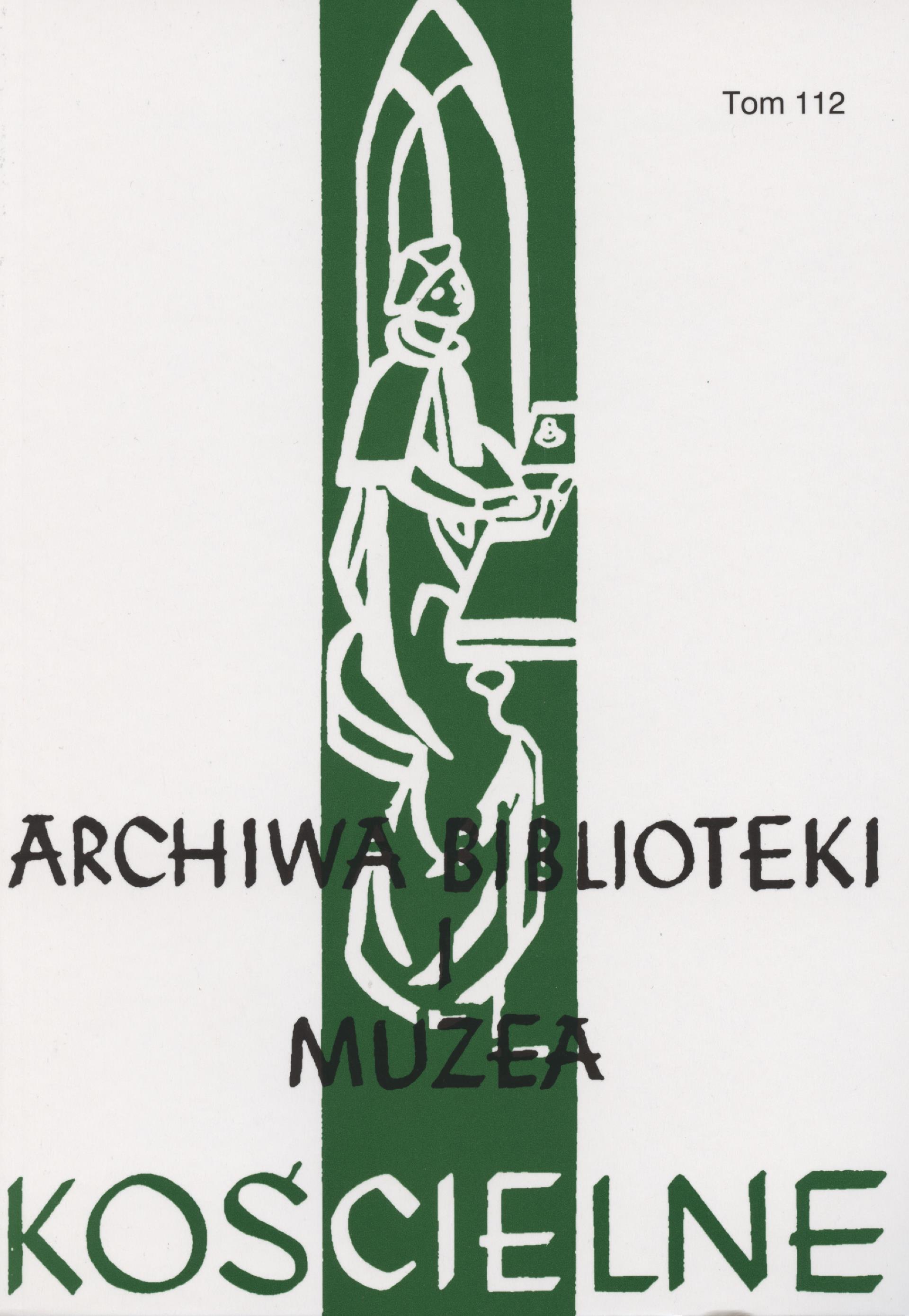Zespół dworsko-parkowy w Rajcy. Przyczynek do historii Polskiej Prowincji Sióstr Misjonarek Apostolstwa Katolickiego (Pallotynki)
A manor house complex in Rajca: A monographic article on the history of the Polish Province of the Pallottine Missionary Sisters of the Catholic Apostolate
Author(s): Beata OstrówkaSubject(s): Language and Literature Studies, General Reference Works, Library and Information Science, Theology and Religion
Published by: Katolicki Uniwersytet Lubelski Jana Pawła II - Wydział Teologii
Keywords: Rajca; Nowogródek; the Pallottine Sisters; the Pallottine Priests; the Dunin-Rajecki family
Summary/Abstract: The article presents a manor house complex situated in the picturesque village of Rajca, between Nowogródek and Baranowicze, in present-day Belarus. The village belonged to the Dunin-Rajecki family from Koszelewo. They built a classicist manor house and outbuildings in the eighteenth and nineteenth centuries. The manor house was surrounded by four hectares of land on which there were formal and landscape gardens, an orchard and a vegetable garden. Franciszek Dunin – Rajecki’s daughter, Ludwika – inherited Rajca and brought it as a dowry to the Wereszczaka family when she married Józef, the younger brother of Adam Mickiewicz’s adolescent love, Maryla. A complete refurbishment of the manor is connected with this marriage in the mid-nineteenth century. In the second half of the 19th century another owner, Franciszek Wereszczaka, transformed the old tree stand around the manor into beautiful formal and landscape gardens, which became the most valuable assets of the entire estate. Together with the orchard and the vegetable garden, they covered four hectares of land. After Franciszek’s death, Rajca was taken over by the Puttkamer and Żółtowski families. The last owner, Count Adam Żółtowski (a professor of philosophy at the University of Poznań), bestowed his estate on the Pallottine Priests, and they sold it to the Pallottine Sisters, who had this estate in their possession until they were removed from it by the German army in 1943. It is a typical Polish classicist manor house, one of only a few wooden ones which survived in these areas. In the nineteenth century, at the entrance to the estate, on the right of the gate, there was probably an extended Empire outbuilding, which was considered to be older than the manor. There were also other outbuildings in the estate: a stable, a coach house, a granary, a barn, and a house in the garden. They all were burnt down during the war in 1943. The only things that remained were a ruined and slightly rebuilt manor house surrounded by the destroyed gardens, and a stone pillar (at the end of the avenue in the park) with the Dunin- Rajecki coat of arms, Łabędź, including a depiction of a crown and a swan.
Journal: Archiwa, Biblioteki i Muzea Kościelne
- Issue Year: 2019
- Issue No: 112
- Page Range: 277-295
- Page Count: 19
- Language: Polish

